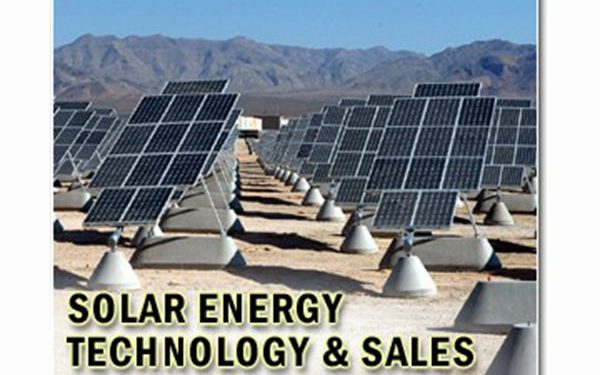Breaking Shockley-Queisser barrier with cryogenic silicon solar cells
by Riko Seibo
Tokyo, Japan (SPX) Sep 25, 2025
Researchers from Taizhou University and the University of Delaware have reported the first experimental solar cell to exceed the long-standing Shockley-Queisser efficiency ceiling for single-junction devices. Their n-type monocrystalline silicon cells achieved 50-60 percent power-conversion efficiency at cryogenic temperatures of 30-50 K, nearly doubling the best room-temperature record.
The study overturns conventional thinking that photovoltaic performance collapses at low temperatures. Conventional cells suffer carrier freeze-out below about 150 K, but the new design turns this regime into an advantage. With phonon populations suppressed, hot-carrier cooling slows, allowing the open-circuit voltage to approach the silicon band-gap energy.
Key innovations include cryogenic hot-carrier management, with lasers tuned just above the band gap generating mobile photocarriers that avoid rapid cooling. At temperatures below 50 K, relaxed momentum conservation enables impact ionization, so photons near 980 nm can trigger multiple excitons, raising external quantum efficiency beyond 140 percent.
The micro-thin cells, less than 3 microns thick, were optimized with 635 nm illumination to balance penetration depth and absorptivity, minimizing freeze-out effects. Importantly, their performance remained stable across light intensities from 0.01 to 1 sun, suggesting applications from lunar exploration to deep-space probes where starlight is the only power source.
Potential uses range from powering rovers in permanently shadowed lunar craters with reflected light, to providing reliable energy for superconducting electronics and quantum instruments at extreme low temperatures. The research team is now scaling up to 4 cm2 cells for environmental testing under thermal cycling and proton radiation, with NASA Commercial Lunar Payload Services as a target application.
Research Report:Surpassing Shockley-Queisser Efficiency Limit in Photovoltaic Cells
Related Links
Shanghai Jiao Tong University
All About Solar Energy at SolarDaily.com


















